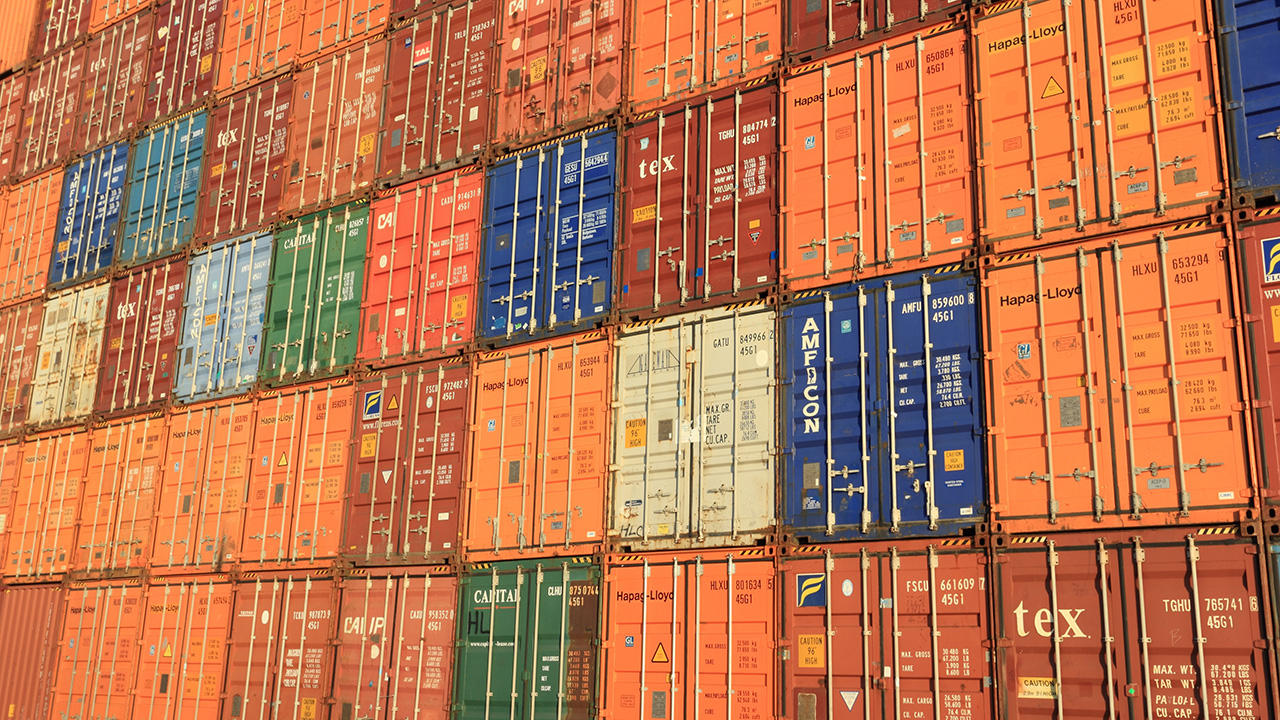China issues port crackdown on all Nvidia AI chip imports, says report — enforcement teams deployed to quash smuggling and investigate data center hardware, targeting H20 and RTX 6000D shipments
Port inspections mark an escalation in the battle over compute.

Chinese customs authorities have launched a sweeping crackdown on Nvidia chip shipments, according to reporting by The Financial Times published October 9. The report says enforcement teams have been deployed at major ports to inspect data-center hardware, with a specific focus on Nvidia’s H20 and RTX 6000D — chips designed to comply with U.S. export controls but now under fresh scrutiny from Beijing.
The inspections, which began in recent weeks, are reportedly being coordinated by the Cyberspace Administration of China (CAC), with assistance from customs officials. The campaign initially targeted the H20 and RTX 6000D, but has since broadened to include “all advanced semiconductor products.” The FT says that officials are focused on stopping smuggled U.S. chips from reaching domestic data centers. Nvidia declined to comment when contacted by Tom’s Hardware.
China’s pressure on the H20 is especially notable. Announced last year as a tailored workaround to avoid falling afoul of Washington’s updated export rules, the H20 had only recently begun shipping in volume to Chinese server OEMs. Given that the likes of ByteDance and Alibaba were reportedly told in mid-September to halt further H20 orders, some or all of those shipments will now undoubtedly be held up or blocked indefinitely.
These inspections are likely to hit China’s gray and refurbishment market, which has leaned on repurposed A100 and H100 boards as H20 access tightened, with underground repair shops servicing hundreds of accelerators each month. The Financial Times previously reported at least a billion dollars’ worth of high-end Nvidia processors entering the country in the three months after tighter U.S. rules, often through indirect routes. A customs sweep could directly target that pipeline.
At the same time, China’s homegrown roadmap is real but uneven. China’s decision to begin cracking down on imports might reflect a growing confidence in its domestic hardware, but while domestic accelerators are ramping up at Chinese fabs, bottlenecks exist in HBM supply and overall fab capacity. This suggests near-term friction for data-center operators with more delays for inbound H20 RTX 6000D shipments on one side — that may well never reach them — and slower-than-hoped rollouts of homegrown silicon on the other.
The H20’s own status also remains unsettled. Nvidia has told some suppliers to pause H20-related work amid changing rules, while exploring a successor that would comply with U.S. controls. If that successor slips or ships in limited volume, the practical effect of China’s crackdown will be felt twice over, with fewer legal Nvidia pathways and a harder environment for gray-market cards.
Follow Tom's Hardware on Google News, or add us as a preferred source, to get our up-to-date news, analysis, and reviews in your feeds. Make sure to click the Follow button!
Get Tom's Hardware's best news and in-depth reviews, straight to your inbox.

Luke James is a freelance writer and journalist. Although his background is in legal, he has a personal interest in all things tech, especially hardware and microelectronics, and anything regulatory.
-
EyadSoftwareEngineer This is giving a strong indication that China has self suffeciency in AI chips and want the local market to use only home grown chipsReply -
JarredWaltonGPU Reply
Probably less an indication that it has self-sufficiency, and more an indication that the state wants to have self-sufficiency, and that cutting off access to NVIDIA GPUs will push more companies to work at ramping up their domestic hardware and software support.EyadSoftwareEngineer said:This is giving a strong indication that China has self suffeciency in AI chips and want the local market to use only home grown chips -
shady28 ReplyJarredWaltonGPU said:Probably less an indication that it has self-sufficiency, and more an indication that the state wants to have self-sufficiency, and that cutting off access to NVIDIA GPUs will push more companies to work at ramping up their domestic hardware and software support.
It may also be a vote of no confidence in AI's near-term potential, perhaps wanting to avoid the negative effects of a bubble.
Pretty much nothing selling "AI" is profitable right now except Nvidia, and the cloud providers.
The money they are talking about pouring into AI is not possible given GDP. Financing it is already impacting people not involved - a study showed within 70km of new AI data centers peoples utilities have increased > 260% in the past 5 years.
I'm thinking sometime in the next 5 years, people like Jensen and Altman will find themselves in front of the US Congress trying to explain an Enron-like financial implosion related to investments in AI based on patently false promises - only much worse and much bigger.
The first part of the podcast below talks about this, including various companies surrounding Nvidia and their revenue streams. The revenue for AI is pathetic compared to current investments and values - and even worse when compared to future investment plans.
https://podcasts.apple.com/us/podcast/macrovoices-499-has-the-luke-gromen-moment-arrived/id1079172742?i=1000728444936 -
JamesJones44 Reply
I was going to say the same thing. Given China's home grown CPUs are about 8-10 years behind in terms of performance, it's not hard to figure their home grown GPUs would be in a similar place. However, cutting off non-Chinese based equipment will likely accelerate investment in their domestic semiconductor industry potentially accelerating their push to parity with the RoW.JarredWaltonGPU said:Probably less an indication that it has self-sufficiency, and more an indication that the state wants to have self-sufficiency, and that cutting off access to NVIDIA GPUs will push more companies to work at ramping up their domestic hardware and software support. -
Elusive Ruse Hopefully China keeps up the ban and maybe it results in cheaper Nvidia cards :LOL:Reply -
fiyz Reply
as long as they are still ordering their chips through Taiwan, were good. If anything, we will be better than good, as the rest of the world will have a surplus of server grade GPU's.EyadSoftwareEngineer said:This is giving a strong indication that China has self suffeciency in AI chips and want the local market to use only home grown chips -
Amdlova Reply
Nops... They will increase prices because the money lost in the shipping...Elusive Ruse said:Hopefully China keeps up the ban and maybe it results in cheaper Nvidia cards :LOL: -
wicked-warlock This is a ruse. Anyone believe China is checking to make sure no illegal NVidia products hit their dock they would report it, lol. Chinese been trying to smuggle illegal hardware in for years during their Deepseek AI research. Got caught, and you think China is trying to stop the smuggling rofl. Priceless. They are accepting anything they can get and they are turning back the inferior hardware. Don't bet on it!Reply